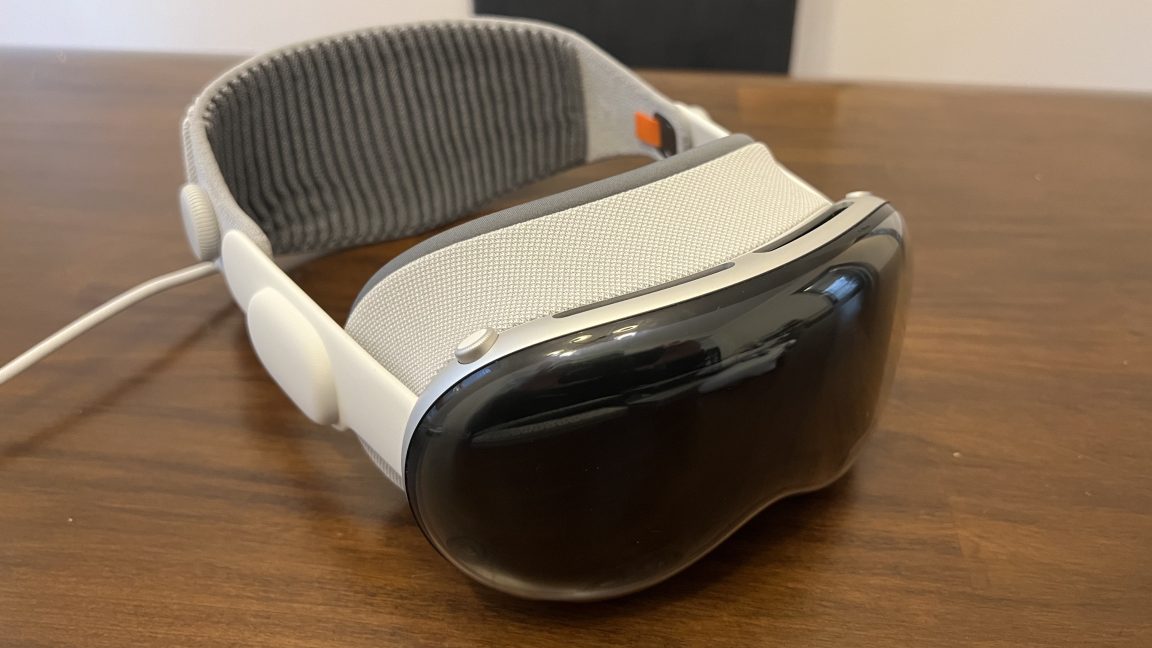Apple’s Vision Pro, despite its ambitious feature set, has not captured the market as expected, largely due to its high price point and comprehensive capabilities. However, Apple remains committed to its mixed reality platform. According to Ming-Chi Kuo, a respected analyst known for his accurate forecasts of Apple’s product lineup, the tech giant is set to introduce a new series of mixed reality devices starting in 2027.
Kuo’s roadmap suggests that Apple is still betting on head-mounted devices as the next significant trend in consumer electronics. This aligns with the vision previously expressed by Apple CEO Tim Cook, who has long advocated for the potential of augmented reality (AR). Despite the Vision Pro’s limited market penetration as a niche product, Apple’s continued investment indicates that the company is not deterred.
Apple’s Future Vision: New Devices on the Horizon
While no new head-mounted devices are expected in 2026, Kuo anticipates launches in 2027 and 2028. A Vision Pro 2 is projected to arrive by mid-2028, featuring a leap from the M2 to the M5 system-on-a-chip, promising substantial performance improvements. This new headset is expected to showcase a completely redesigned form factor, significantly lighter and more affordable than its predecessor.
In the interim, a Vision Pro 1.5 could enter production by Q3 2025. This iteration would mirror the current Vision Pro but incorporate the M5 chip, without any design changes. Meanwhile, Apple is reportedly planning a “Vision Air” product, with production slated for Q3 2027. This device is expected to be over 40% lighter than the first-generation Vision Pro, utilizing Apple’s flagship iPhone processor for a reduced price.
“The big weight reduction is achieved through glass-to-plastic replacement, extensive magnesium alloy use, and reduced sensor count,” Kuo explained.
True Smart Glasses: A Vision for 2027
The Vision Pro and Vision Air are immersive VR headsets that support augmented reality by projecting the wearer’s surroundings onto internal screens using external 3D cameras. While this technology offers exciting applications, its bulkiness makes it impractical for public use. The ultimate goal is to develop smart glasses that resemble regular eyewear but can display AR content on transparent lenses.
Kuo indicates that Apple is working towards this vision, with mass production of display-free “Ray-Ban-like” glasses expected in Q2 2027. Apple plans to ship between 3 million and 5 million units by the end of 2027, suggesting confidence in this form factor’s potential impact compared to the Vision Pro’s VR-like headset.
“Core features include: audio playback, camera, video recording, and AI environmental sensing,” Kuo noted, emphasizing that these glasses would rely on voice control and gesture recognition.
Looking Ahead: The Implications for Apple’s Strategy
The introduction of lighter, more affordable devices could broaden Apple’s reach in the mixed reality market. By leveraging its iPhone processor in the Vision Air, Apple may attract a wider audience, while the anticipated smart glasses could revolutionize how consumers interact with AR technology.
Apple’s strategic focus on mixed reality aligns with broader industry trends, as competitors also explore AR and VR innovations. The company’s continued investment in this space underscores its commitment to staying at the forefront of technological advancements.
As Apple prepares to roll out these new devices, the tech world will be watching closely to see how these innovations influence consumer behavior and the broader market landscape. With the potential to redefine the AR experience, Apple’s upcoming products could mark a significant shift in the way we perceive and interact with digital content.
























